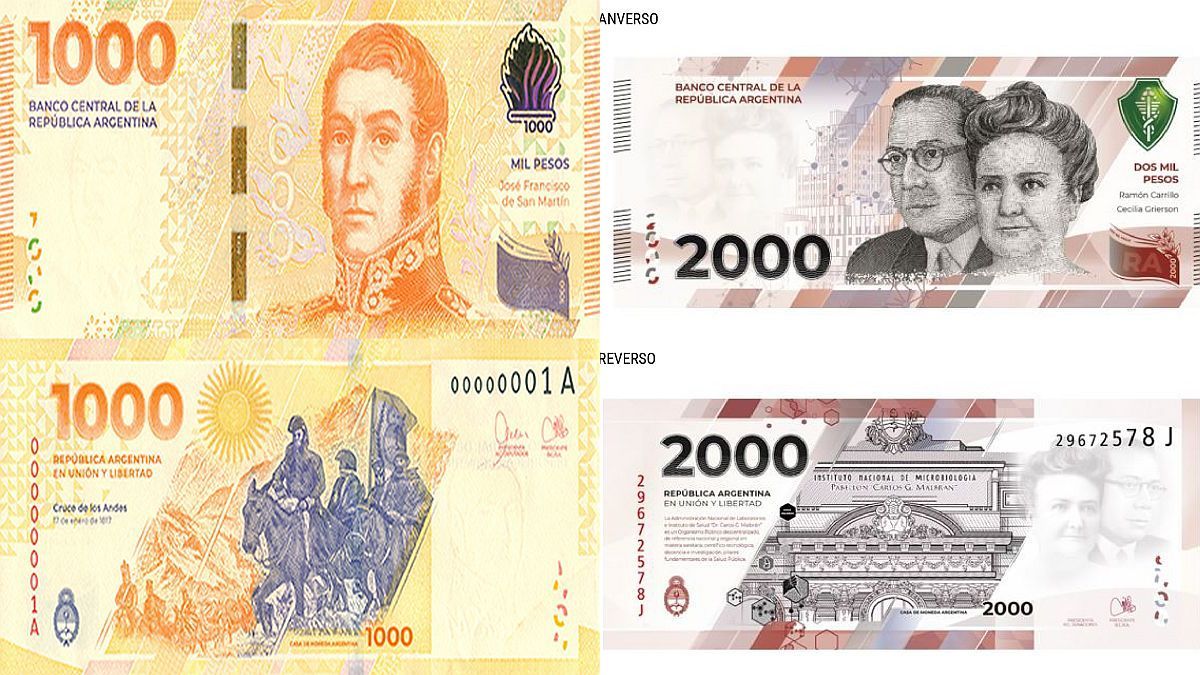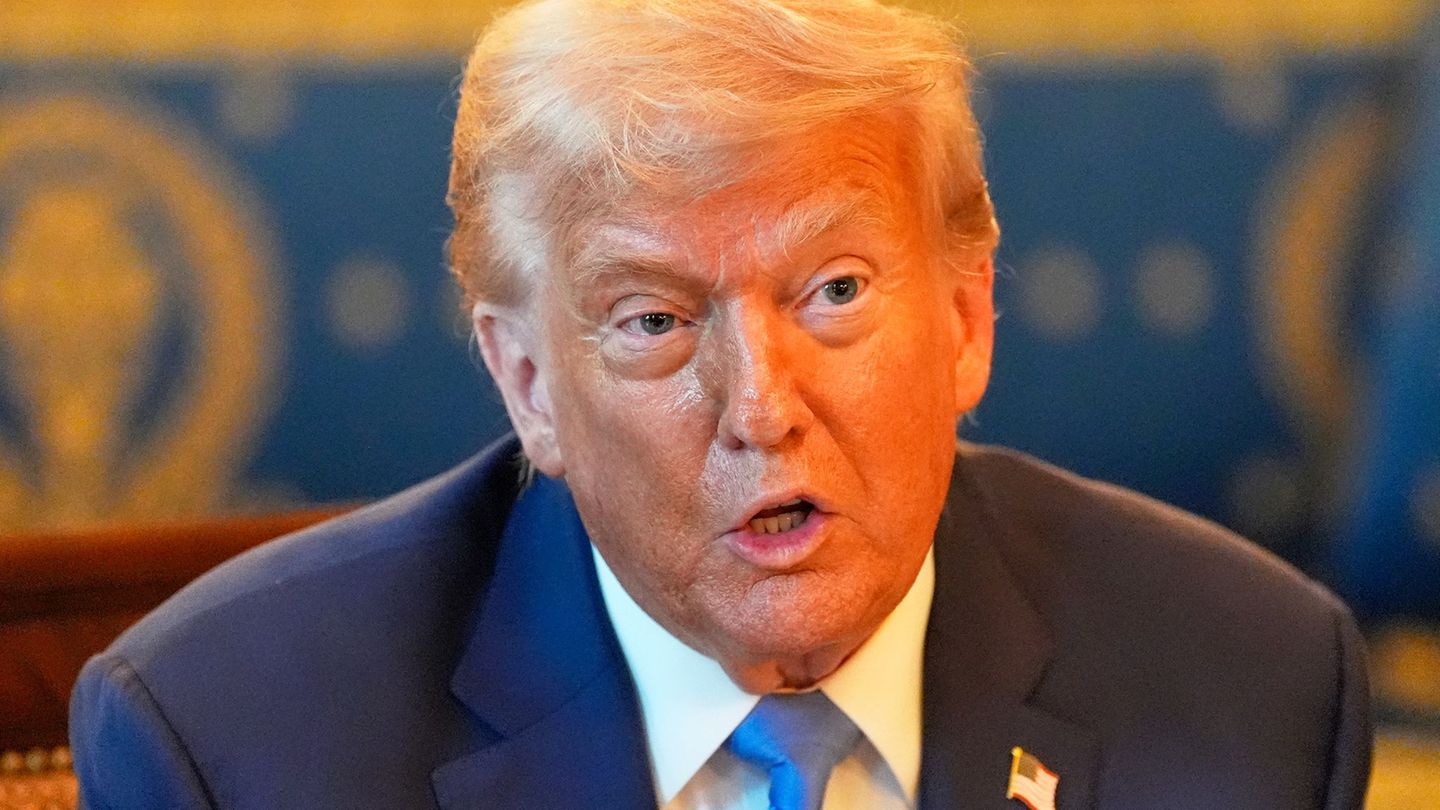He Central Bank (BCRA) put into circulation new $2,000 bills with additional security measures. Furthermore, he has already launched another $1,000 version that replaces the image of the baker with that of General José de San Martín.
According to what was reported by the monetary authority, the main change between the new $2,000 papers and those that were put into circulation in May of this year has to do with the incorporation of a “green safety thread“. Furthermore, in the obverse the location of the number 2000 is modified to make room for the watermarkwhich contains the initials of the characters in electrotype.
On the reverse, a portion of the main vignette has a different color and signatures occupy a different space in this broadcast.
“This bill, which is part of the Heroínas y Héroes de la Patria family, which will be progressively distributed through the network of bank branches throughout the country, maintains the rest of the characteristics of the 2000 peso bill and will coexist with the commemorative of the same denomination. This bill will begin with the “E” series,” they said in a statement from the BCRA.
This ticket features the image of the National Institute of Microbiology Dr. Carlos G. Malbránas well as that of Dr. Ramon Carrillo and of the Dr. Cecilia Griersonprecursors in the development of medicine and public health in our country.
MEASURES-SAFETY-PRESS-Bill-$2000-CIRC-web.jpg
New security measures
- Watermark. In the blank sector, when looking at the bill against the light, you can see the portraits of Dr. Ramón Carrillo and Dr. Cecilia Grierson, as well as the initials of their names in a light tone.
- Vented security thread. A green security thread is inserted into the bill and is revealed in three “windows.” When held against the light, it is seen as a continuous band and the acronym BCRA can be seen. The thread presents a dynamic effect when moving the bill.
- Optical variability ink. This motif changes color from green to blue when the banknote is tilted and presents a dynamic three-dimensional effect.
- latent image. The initials “RA” can be seen when the bill is viewed in low light.
- Front-back complementation motif. When backlit, the motif is completed and the value “2000” appears.
What is the new $1,000 bill with the image of San Martín like?
The new $1,000 bill will coexist with the others of the same value currently in circulation.
Regarding its design, one of the main novelties is that its reading format is horizontal on both sides.
On the obverse is the portrait of José de San Martín, originating from the lithography of Juan Bautista Madou based on which most of the engravings for the banknotes have been made, in which San Martín is seen young and with uniform.
The reverse is an artistic representation of the Crossing of the Andes, which began on January 17, 1817.
The predominant tones and their size are the same as the current circulating ones of the same denomination, in a design made by the BCRA together with Casa de Moneda Argentina.
How to identify a fake $1,000 bill?
The new bill has “strict security measures,” indicated the BCRA, which highlighted the following:
- Watermark: when you look at the banknote against the light, you can see the portrait of José de San Martín and his initials.
- Windowed security thread: a golden security thread with the outline of a votive flame is inserted into the bill and is revealed in three windows; It changes tone when the bill is tilted, it presents a dynamic effect and against the light you can see a continuous band that bears the acronym BCRA.
- Optical Variability Ink: The votive flame motif changes color from violet to bronze when the banknote is tilted and has a relief effect.
- Latent image: the initials RA can be seen when observed with raking light.
- Front-back complementation motif: when held back to light, the motif is completed and the value 1,000 appears.
- Regarding the facilities for people with blindness, on the vertical edges the relief of the parallel bars can be perceived by touch.
Source: Ambito




